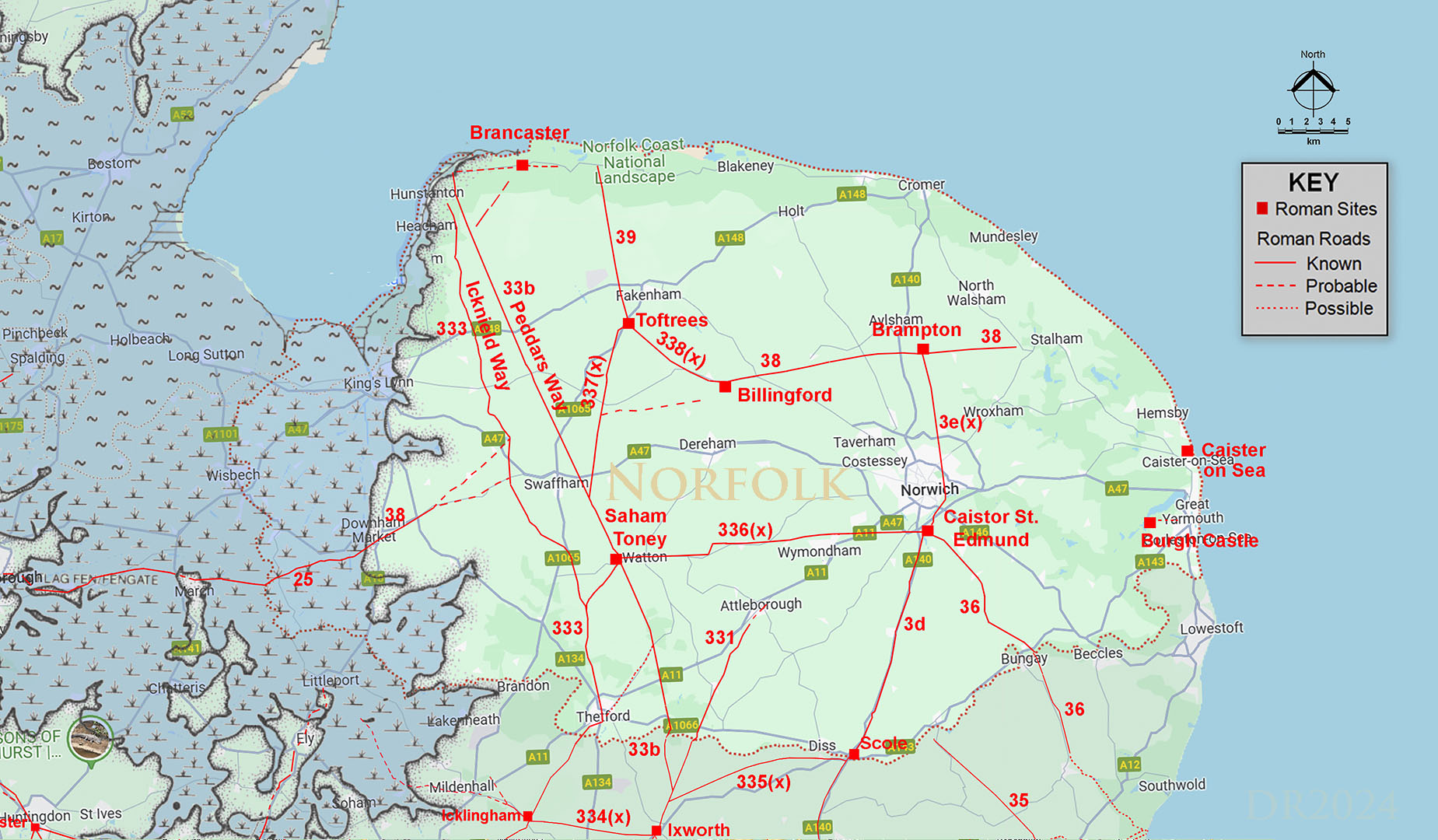





 |
 |
 |
 |
 |
 |
Descendants of R-U106
Ballard Migration in Britannia and East Angles: https://pbase.com/daveb/image/173962902
Z8>Z1>Z346>Z343>CTS5601>S20321>S3331>BY145631>BY98853>FT81743>BY65797
https://discover.familytreedna.com/y-dna/R-Z8/tree (From 950 BCE (Z2) to 1717 CE (BY65797) in the Virginia Colony) https://discover.familytreedna.com/y-dna/R-BY65797/tree
Ballard BigY ancient migration along the East Coast of old North Folk and South Folk: https://en.wikipedia.org/wiki/Sutton_Hoo#/media/File:Williamson_p16_3.svg
Common BigY migration town on GlobeTrekker and Roman Roads crossing west across the Fin is Petersborough. https://en.wikipedia.org/wiki/Peterborough
Fin Causeway, Roman Road: https://en.wikipedia.org/wiki/Fen_Causeway 
https://commons.wikimedia.org/wiki/File:Britain_peoples_circa_600.svg
Peterborough and its surrounding areas around have been inhabited for thousands of years because it is where permanently drained land in The Fens is created by the River Nene. Remains of Iron Age settlement and what is thought to be religious activity can be seen at the Flag Fen archaeological site to the east of the city centre. The Romans established a fortified garrison town at Durobrivae on Ermine Street, five miles (8.0 km) to the west in Water Newton, around the middle of the 1st century AD. Durobrivae's earliest appearance among surviving records is in the Antonine Itinerary of the late 2nd century.[4] There was also a large 1st century Roman fort at Longthorpe, designed to house half a legion, or about 3,000 soldiers;[5] it may have been established as early as around AD 44–48.[6] Peterborough was an important area of ceramic production in the Roman period, providing Nene Valley Ware that was traded as far away as Cornwall and the Antonine Wall, Caledonia.[7]
Peterborough is shown by its original name Medeshamstede to have possibly been an Anglian settlement before AD 655, when Sexwulf founded a monastery on land granted to him for that purpose by Peada of Mercia, who converted to Christianity and was briefly ruler of the smaller Middle Angles sub-group. His brother Wulfhere murdered his own sons, similarly converted and then finished the monastery by way of atonement.[8]
Hereward the Wake rampaged through the town in 1069 or 1070. Outraged, Abbot Turold erected a fort or castle, which, from his name, was called Mont Turold: this mound, or hill, is on the outside of the deanery garden, now called Tout Hill, although in 1848 Tot-hill or Toot Hill.[9] The abbey church was rebuilt and greatly enlarged in the 12th century.[10] The Peterborough Chronicle, a version of the Anglo-Saxon one, contains unique information about the history of England after the Norman conquest, written here by monks in the 12th century.[11] This is the only known prose history in English between the conquest and the later 14th century.[12] The burgesses received their first charter from "Abbot Robert" – probably Robert of Sutton (1262–1273).[13] The place suffered materially in the war between King John and the confederate barons, many of whom took refuge in the monastery here and in Crowland Abbey, from which sanctuaries they were forced by the king's soldiers, who plundered the religious houses and carried off great treasures.[8] The abbey church became one of Henry VIII's retained, more secular, cathedrals in 1541,[14] having been assessed at the Dissolution as having revenue of £1,972.7s.0¾d per annum.[8]
https://en.wikipedia.org/wiki/Must_Farm_Bronze_Age_settlement
Part of a Bronze Age settlement was uncovered at Must Farm quarry, at Whittlesey, near Peterborough, in Cambridgeshire, England. The site has been described as "Britain's Pompeii" due to its relatively good condition, including the "best-preserved Bronze Age dwellings ever found" there, which all appear to have been abandoned suddenly following a catastrophic fire.[1] Research now suggests that the site was less than one year old at the time of destruction.[2][3]
Radiocarbon dating has indicated that the ages of these boats spanned a period of about 1,000 years, with the earliest examples dating to around 1750–1650 BCE.[10] Some of the boats may have been deliberately sunk.[11] They are now preserved at Flag Fen and are available to view on guided tours.[12]
The Fins: https://en.wikipedia.org/wiki/The_Fens
**************************************************************
Ballard, Boyt, Buttler BigY Saxon Migration from the North Sea.
https://discover.familytreedna.com/groups/ballard/tree?subgroups=20815
R- https://discover.familytreedna.com/y-dna/R-BY65797/story common ancestor Ballard/Butler
M269>L23>L51>P310>L151>U106>Z2265>BY30097>FTT8>Z381>Z301>L48>Z9>Z30>Z27>Z345>Z2>Z7>Z31>Z8>Z1>Z346>Z343>CTS5601>S20321>S3331>BY145631>BY98853>FT81743> Ballard>BY65797 Butler>FTB47696
https://en.wikipedia.org/wiki/History_of_the_Netherlands
Zuid Holland, Utrecht, and Gelderland for an extended period of time
R-Z2, 1756 BCE
R-Z7, 1674 BCE
R-Z31, 1593 BCE
Enters Britannia and remains in the coastal area of the North Sea for hundreds of years. Remains of ancient Saxon villages have been found.
Area called East Anglia
R-Z8, 948 BCE
R-Z1, 901 BCE
R-Z346, 761 BCE
R-Z343, 697 BCE
R-CTS5601, 596 BCE
Moves slightly inland and north with sibling branches to Lincolnshire
R-S20321, 590 BCE
R-S3331, 468 BCE
R-BY145631, 371 BCE
R-BY98853, 379 BCE
Enters Roman Times: https://en.wikipedia.org/wiki/Roman_Britain
R-FT81743, 841 CE
Lincoln 3044 was a man who lived between 1040 - 1070 CE during the Medieval Age and was found in the region now known as Lincoln Castle, Lincoln, Lincolnshire, England.
The items discovered, including a limestone sarcophagus and a Roman bronze eagle's wing from the first century AD
https://www.dailymail.co.uk/sciencetech/article-3110661/Who-Saxon-buried-beneath-Lincoln-Castle-Experts-reconstruct-face-mystery-man-bid-try-identify-him.html
Migration across the Finn near the Saxon settlement of Petersborough
https://localhistories.org/a-history-of-peterborough/#:~:text=Saxon%20Peterborough,870%20and%20was%20then%20abandoned.
R-BY65797, 1716 CE
Records of John Ballard to Virginia in the 1600's from Bristol, land records in Nansemond.
copyright © 2025 DTB
| comment | |